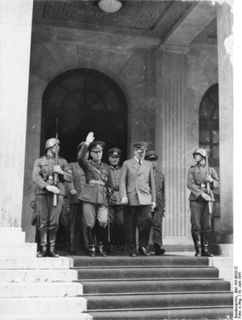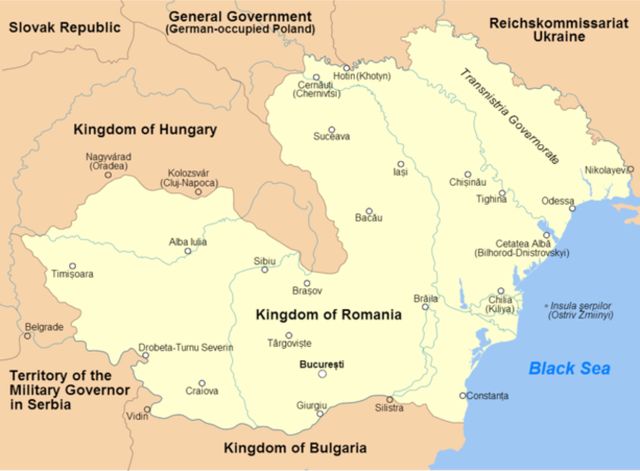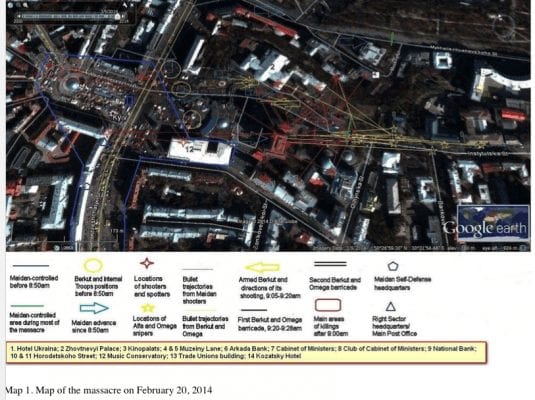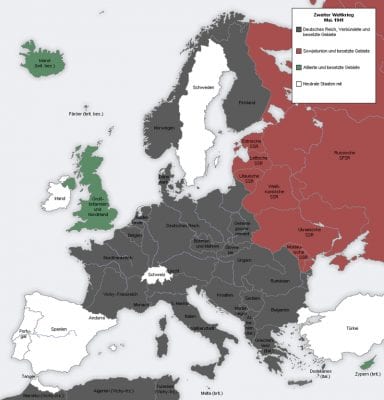RUIN IS OUR FUTURE
Paul Craig Roberts
Americans need to understand that the only thing exceptional about the US is the ignorance of the population and the stupidity [or wanton criminality] of the government.
[dropcap]Neoconservatives[/dropcap] arrayed in their Washington offices are congratulating themselves on their success in using the Charlie Hebdo affair to reunite Europe with Washington’s foreign policy. No more French votes with the Palestinians against the Washington-Israeli position. No more growing European sympathy with the Palestinians. No more growing European opposition to launching new wars in the Middle East. No more calls from the French president to end the sanctions against Russia.
Do the neoconservatives also understand that they have united Europeans with the right-wing anti-immigration political parties? The wave of support for the Charlie Hebdo cartoonists is the wave of Marine Le Pen’s National Front, Nigel Farage’s UK Independence Party, and Germany’s PEGIDA sweeping over Europe. These parties are empowered by the anti-immigration fervor that was orchestrated in order to reunite Europeans with Washington and Israel.
Once again the arrogant and insolent neoconservatives have blundered. Charlie Hebdo’s empowerment of the anti-immigration parties has the potential to revolutionize European politics and destroy Washington’s empire. (See my weekend interview with King World News for my thoughts on this potential game-changer. http://kingworldnews.com/paul-craig-roberts-new-crisis-worse-russia-unleashing-black-swans-west/)
The reports from the UK Daily Mail and from Zero Hedge that Russia has cut off natural gas deliveries to six European countries must be incorrect. These sources are credible and well-informed, but such a cut-off would have instantly produced political and financial turmoil of which there is no sign. Therefore, unless there is a news blackout, Russia’s action has been misunderstood.
We know something real has happened. Otherwise, EU energy official Maros Sefcovic would not be expressing such consternation. Although I am without any definite information, I believe I know what the real story is. Russia, tired of Ukraine’s theft of the natural gas that passes through the country on its way to delivery to Europe, has made a decision to route the gas to Turkey, thus bypassing Ukraine.
The Russian energy minister has confirmed this decision and added that if European countries wish to avail themselves of this gas supply, they must put in place the infrastructure or pipeline to bring the gas into their countries.
In other words, there is a potential for a cutoff in the future, but no cutoff at the present.
These two events–Charlie Hebdo and the Russian decision to cease delivering gas to Europe via Ukraine–should remind us that the potential for black swans, and unintended consequences of official decisions that can produce black swans, always exist. Not even the American “superpower” is immune from black swans.
There is as much circumstantial evidence that the CIA and French Intelligence are responsible for the Charlie Hebdo shootings as there is that the shootings were carried out by the two brothers whose ID was conveniently found in the alleged get-away car. As the French made certain that the brothers were killed before they could talk, we will never know what they had to say about the plot.
The only evidence we have that the brothers are guilty is the claim by the security forces. Every time I hear government claims without real evidence, I remember Saddam Hussein’s “weapons of mass destruction,” Assad’s “use of chemical weapons,” and Iran’s “nuclear weapons program.” If a US National Security Advisor can conjure up out of thin air “mushroom clouds over an American city,” Cherif and Said Kouachi can be turned into killers. After all, they are dead and cannot protest.
If this was, and we will never know for certain, a false flag attack, it achieved Washington’s goal of reuniting Europe under Washington and Israeli auspices. But this success has an unintended consequence. The unintended consequence is to unify Europe under the anti-immigration policy of the right-wing parties, thus empowering the leaders of those parties.
If this surmise is correct, Marie Le Pen and Nigel Farage will find their lives and/or reputations in danger as Washington will resist the rise of European governments that do not adhere to Washington’s line.
The consternation caused by Russia’s decision to relocate its gas delivery to Europe is proof that Russia holds many cards that it could play that would bring down the political and financial structures of the Western World.
China holds similar cards.
The two countries are not playing their cards, because they do not think that they need them. Instead, the two powers are withdrawing from the Western financial system that serves Western hegemony over the world. They are creating all of the economic institutions that they need in order to be completely independent of the West.
Therefore, the Russian and Chinese governments reason, “Why be provocative and slap down the Western fools. They might resort to their nuclear weapons, and the entire world would be lost. Let’s just walk away while they encourage us to depart with their provocations.”
We can be thankful that Vladimir Putin and the leaders of the Chinese government are both intelligent and humane, unlike Western leaders.
Imagine, for example, the dire consequences for the West if Putin were to become personally involved as a result of the numerous affronts to both Russia and Putin himself. Putin can destroy NATO and the entire Western financial system whenever he wants. All he has to do is to announce that as NATO has declared economic war against Russia, Russia no longer sells energy to NATO members.
The NATO alliance would dissolve as Europe cannot survive without Russian energy supplies. Washington’s empire would end.
Putin realizes that the insolent neoconservatives would have to push the nuclear button in order to save face. Unlike Putin, their egos are on the line. Thus, Putin saves the world from nuclear war by not being provocative.
Now, imagine if the Chinese government were to lose its patience with Washington. To confront the “exceptional, indispensable, unipower” with the reality of its impotence, all China needs to do is to dump its massive dollar-denominated financial assets on the market, all at once, just as the Federal Reserve’s bullion bank agents dump massive uncovered gold contracts on the futures market.
In order to avoid US financial collapse, the Federal Reserve would have to print massive amounts of new dollars with which to purchase the dumped Chinese holdings. As the Federal Reserve would protect US financial markets by purchasing the dumped Chinese holdings, the Chinese would lose nothing from the sale. It is the next step that is decisive. The Chinese government then dumps the massive holdings of dollars it has received from its selloff of dollar-dominated financial instruments.
Now what happens? The Fed can print dollars with which to purchase the dumped Chinese holdings, but the Fed cannot print foreign currencies with which to buy up the dumped dollars.
The massive supply of dollars dumped in the exchange market by China would have no takers. The dollar’s value would collapse. Washington could no longer pay its bills by printing money. Americans living in an import-dependent country, thanks to jobs offshoring, would be faced with high prices that would seriously erode their living standard. The United States would experience economic, social, and political instability.
Putting aside their brainwashing, their defensiveness and patriotic support of the regime in Washington, Americans need to ask themselves: How is it possible that the government of the United States, an alleged Superpower, is so unaware of its true vulnerabilities that Washington is capable of pushing two real powers until they have had enough and play the cards that they hold?
Americans need to understand that the only thing exceptional about the US is the ignorance of the population and the stupidity of the government.
What other country would let a handful of Wall Street crooks control its economic and foreign policy, run its central bank and Treasury, and subordinate citizens’ interests to the interests of the one percent’s pocketbook?
A population this insouciant is at the total mercy of Russia and China.
Yesterday there was a black swan event, an event that could yet unleash other black swan events. http://www.zerohedge.com/news/2015-01-16/largest-retail-fx-broker-stock-crashes-90-swiss-contagion-spreads The Swiss central bank announced an end to its pegging of the Swiss franc to the euro and US dollar. http://www.zerohedge.com/news/2015-01-15/its-tsunami-swiss-franc-soars-most-ever-after-snb-abandons-eurchf-floor-macro-hedge-
Three years ago flight from euros and dollars into Swiss francs pushed the exchange value of the franc so high that it threatened the existence of the Swiss export industries. Switzerland announced that any further inflows of foreign currencies into francs would be met by creating new francs to absorb the inflows so as not to drive up the exchange rate further. In other words, the Swiss pegged the franc.
Yesterday the Swiss central bank announced that the peg was off. The franc instantly rose in value. Stocks of Swiss export companies fell, and hedge funds wrongly positioned incurred major hits to their solvency.
Why did the Swiss remove the peg? It was not a costless action. It cost the central bank and Swiss export industries substantially.
The answer is that the EU attorney general ruled that it was permissible for the EU central bank to initiate Quantitative Easing–that is, the printing of new euros–in order to bail out the mistakes of the private bankers. This decision means that Switzerland expects to be confronted with massive flight from the euro and that the Swiss central bank is unwilling to print enough new Swiss francs to maintain the peg. The Swiss central bank believes that it would have to run the printing press so hard that the basis of the Swiss money supply would explode, far exceeding the GDP of Switzerland.
The money printing policy of the US, Japan, and apparently now the EU has forced other countries to inflate their own currencies in order to prevent the rise in the exchange value of their currencies that would curtail their ability to export and earn foreign currencies with which to pay for their imports. Thus Washington has forced the world into printing money.
The Swiss have backed out of this system. Will others follow, or will the rest of the world follow the Russians and Chinese governments into new monetary arrangements and simply turn their backs on the corrupt and irredeemable West?
The level of corruption and manipulation that characterizes US economic and foreign policy today was impossible in earlier times when Washington’s ambition was constrained by the Soviet Union. The greed for hegemonic power has made Washington the most corrupt government on earth.
The consequence of this corruption is ruin.
“Leadership passes into empire. Empire begets insolence. Insolence brings ruin.”
Ruin is America’s future.
What is $1 a month to support one of the greatest publications on the Left?







 The “Kingdom of Romania” in its borders of 1942
The “Kingdom of Romania” in its borders of 1942








![Herbert Bracke [© Bundesarchiv]](https://www.greanvillepost.com/wp-content/uploads/2015/01/wsws-nazi-1bureaucrat.jpg)


